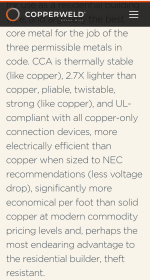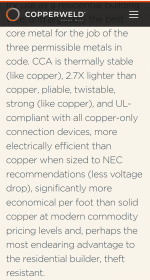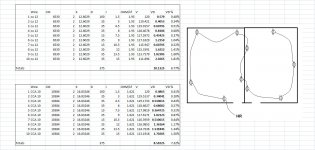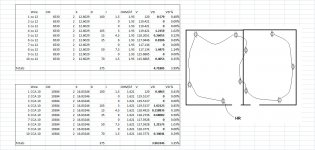My first question would be will an insurance company by off on it.
The first home inspector to write it up and an home insurance company may balk.
Then there the inspectors that may say hey you have #10 on a 20 amp breaker not knowing what there dealing with.
Case in point on here we have read where an inspect has ask an electrician to correct.
How would I Know what type untill it is removed with a flush panel. NM is not marked on the conductor it's self.
Then would have #12 on a 15 amp breaker.
That would a night mare working in that area using CC.
I can see where some education would be needed. Maybe talk with insp dept and make sure there up to speed with a new install cover install methods and materials. Be proactive. Just like we or I did with mc AP.
CCA is very obvious. It looks like copper from the side but the ends are different and it flexes different.
No issues with NEC. There are not separate ampacity tables. So you have to treat it as aluminum. I’ve looked at the ampacity data. The copper improves the reactance but effectively ampacity is about the same as aluminum. It is just a coating.
The theory is that you get higher strength and lower cost with this stuff. You ought to read the Copperwekf sakes literature. But when you start digging into it, it becomes clear that there is very little advantage over an outright all aluminum cable. This is very different from copper coated steel or aluminum coated steel (ACSR) which has great strength and good conductivity for overhead lines.






